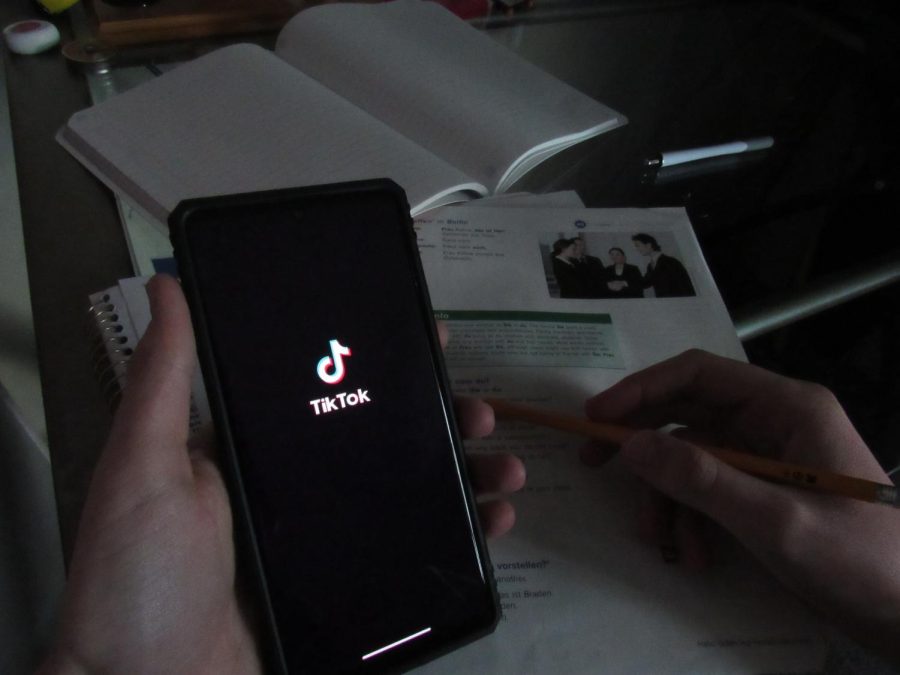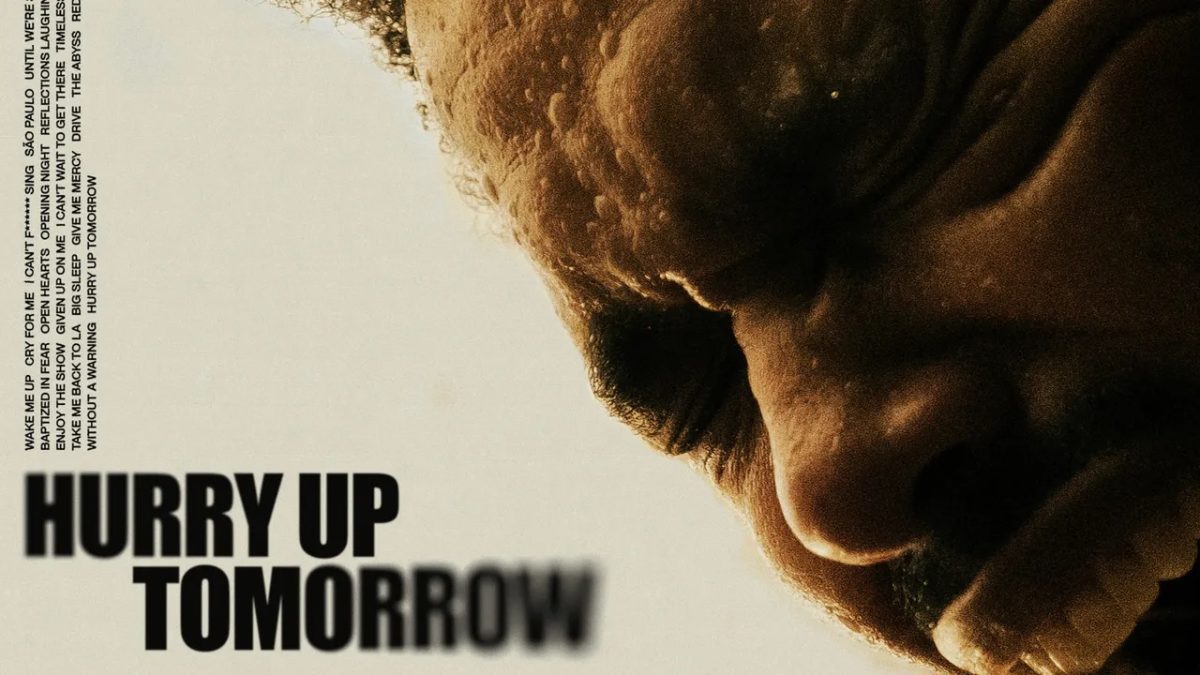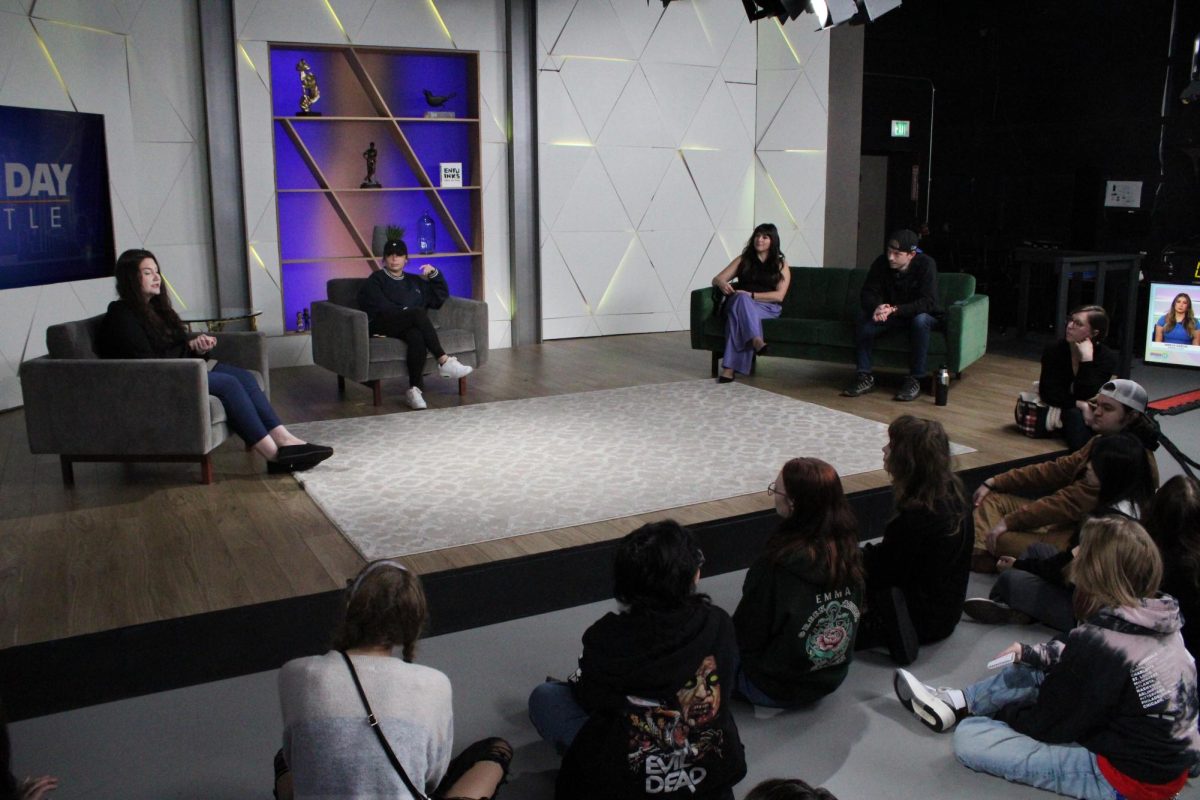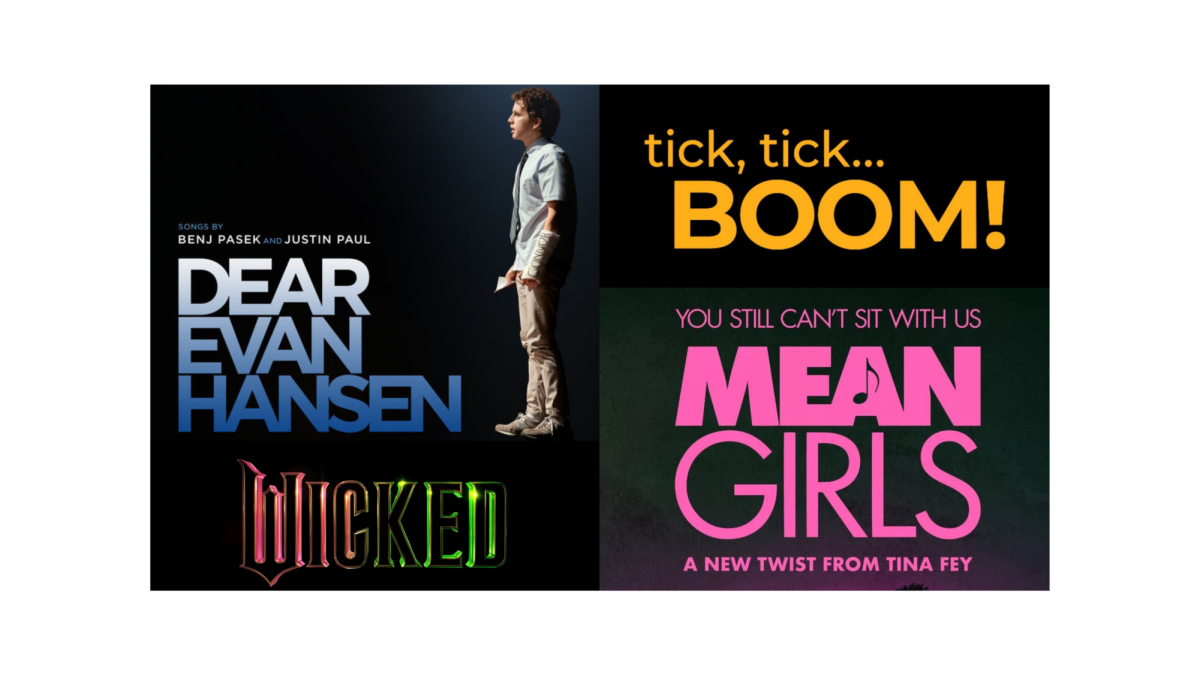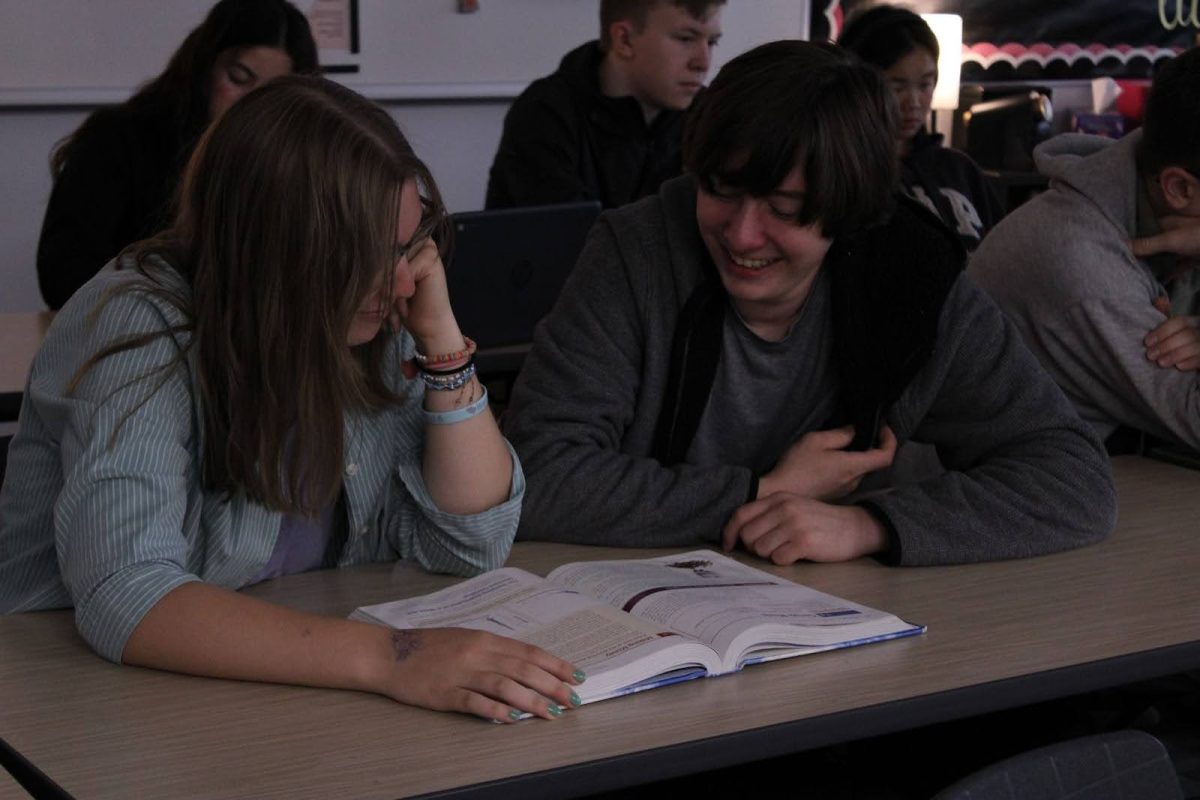CONTENT WARNING: This story contains mentions of death and death threats.
In the year of 2023, pretty much every human being in the U.S. who can walk, talk, and afford it has access to social media.
We are now more connected than ever before and can effortlessly talk to other people from thousands of miles away simply with the click of a button. We can even post pictures and videos of ourselves on the internet for thousands of people to see and comment on.
With how interconnected humans are, the glaring benefits can be seen as easily as ever.
One can make friends easily, have an endless amount of entertainment on various social media sites, voice their opinions for everyone to hear, and much more. Social media has even made activism easier for those who participate.
But even with all of this, the negative implications are immense and may even outweigh the benefits.
Social media makes it incredibly easy for one to become anonymous and hide their identity. This makes it extremely easy for a random person to say vile things towards an innocent person to hurt them as much as possible.
Normally, if someone were to tell you, for example, that they have your address and will kill your entire family, this would lead to a prosecution and/or arrest. But on social media, this person can easily be shielded by the illusion of a blank profile picture with the name “user7265284628”, preventing them from ever having to face the consequences of their actions.
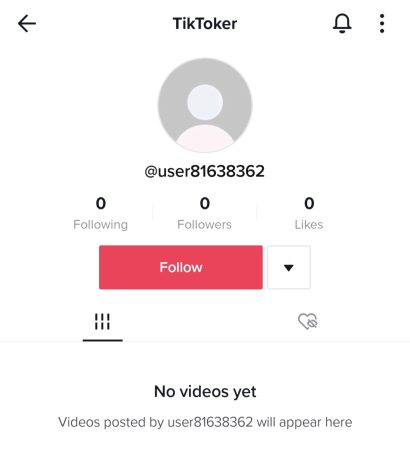
The lack of enforcement when it comes to community guidelines, particularly on sites like Twitter and TikTok, leads to misinformation running rampant on both apps with no action being taken to curb it.
One prominent and recent example of this comes from a murder case in Idaho, where four college students were found dead in a horrific crime. After the crime happened many people on TikTok would begin trying to solve who committed it.
In particular, a TikToker who went by the name, “@ashleyisinthebookoflife” made numerous videos accusing University of Idaho professor Rebecca Scofield of doing the crime with next to no evidence.
Even when the official name of the actual killer, Bryan Kohnberger, came out, she bizarrely doubled down.
If these details were the only ones regarding this event then it really wouldn’t seem that peculiar. One might think, “Any person can make a video saying outlandish stuff, it’ll just get taken down.”
The problem with this situation though, is her videos were never taken down. As of March 2023, Ashley’s videos and her account are both still up, available to be watched, even as she’s being sued by Scofield. This example is just one of many on TikTok that prove the site does not take misinformation seriously.
Another side effect that can be found within the spread of misinformation is the formation of echo chambers.
The most common way that one gets stuck in an echo chamber is through a set of beliefs they already have.
A person with fixed views is more likely to enjoy and interact with content that they agree with. The recommendation algorithm senses this and pushes more of that same content onto what would most likely be the person’s For You Page on TikTok, or recommendations on YouTube. As more of this content gets recommended, more of it is interacted with, creating a vicious cycle.
One prominent example of this can be found on YouTube through the “alt-right pipeline.”
It takes very little for a person to go from the wholesome “Try Not To Laugh: 100% Fail” to the questionable “Top Cringe Feminists Owned Compilation” and finally a misogynistic video made by either Ben Shapiro, Steven Crowder, or Andrew Tate.
The alt-right pipeline is one of the most vicious echo chambers out there and can turn a normal teenager into a woman hating bigot within a matter of months.
Virtually all social media sites have some form of echo chambers within their apps from both sides of the political spectrum.
Even with all of this said, the mental harm that is done to teenagers and children who use social media hasn’t even been mentioned.
According to Mayo Clinic, a 2019 study conducted with 6,500 kids between the ages of 12-15 years, found that, “those who spent more than three hours a day using social media might be at heightened risk for mental health problems.”
The same article by Mayo Clinic went on to say that, “A 2016 study of more than 450 teens found that greater social media use, nighttime social media use and emotional investment in social media — such as feeling upset when prevented from logging on — were each linked with worse sleep quality and higher levels of anxiety and depression.”
In 2018, an NCBI study was conducted with the caregivers of 44,734 adolescents between the ages of 2 and 17 years.
The study found that, “Children and adolescents who spent more time using screen media were lower in psychological well-being than low users. High users of screens were significantly more likely to display poor emotion regulation (not staying calm, arguing too much, being difficult to get along with), an inability to finish tasks, lower curiosity, and more difficulty making friends. Caregivers also described high users as more difficult to care for and as lower in self-control. Among adolescents, high (vs. low) users were also twice as likely to have received diagnoses of depression or anxiety or needed treatment for mental or behavioral health conditions. Moderate users were also significantly more likely than low users of screens to be low in well-being and, among 14- to 17-year-olds, to have been diagnosed with depression or anxiety or need mental health treatment. Non-users generally did not significantly differ in well-being from low users of screens.”

What these studies and phenomena show is that children, especially younger children, should not be on social media, or should at least have limited access. It is clearly shown that constant access to social media from a young age leads to detrimental effects on a child’s physical and mental well being.
These findings should serve as a message that social media is not a good place for young children and should be avoided for their own well being.

